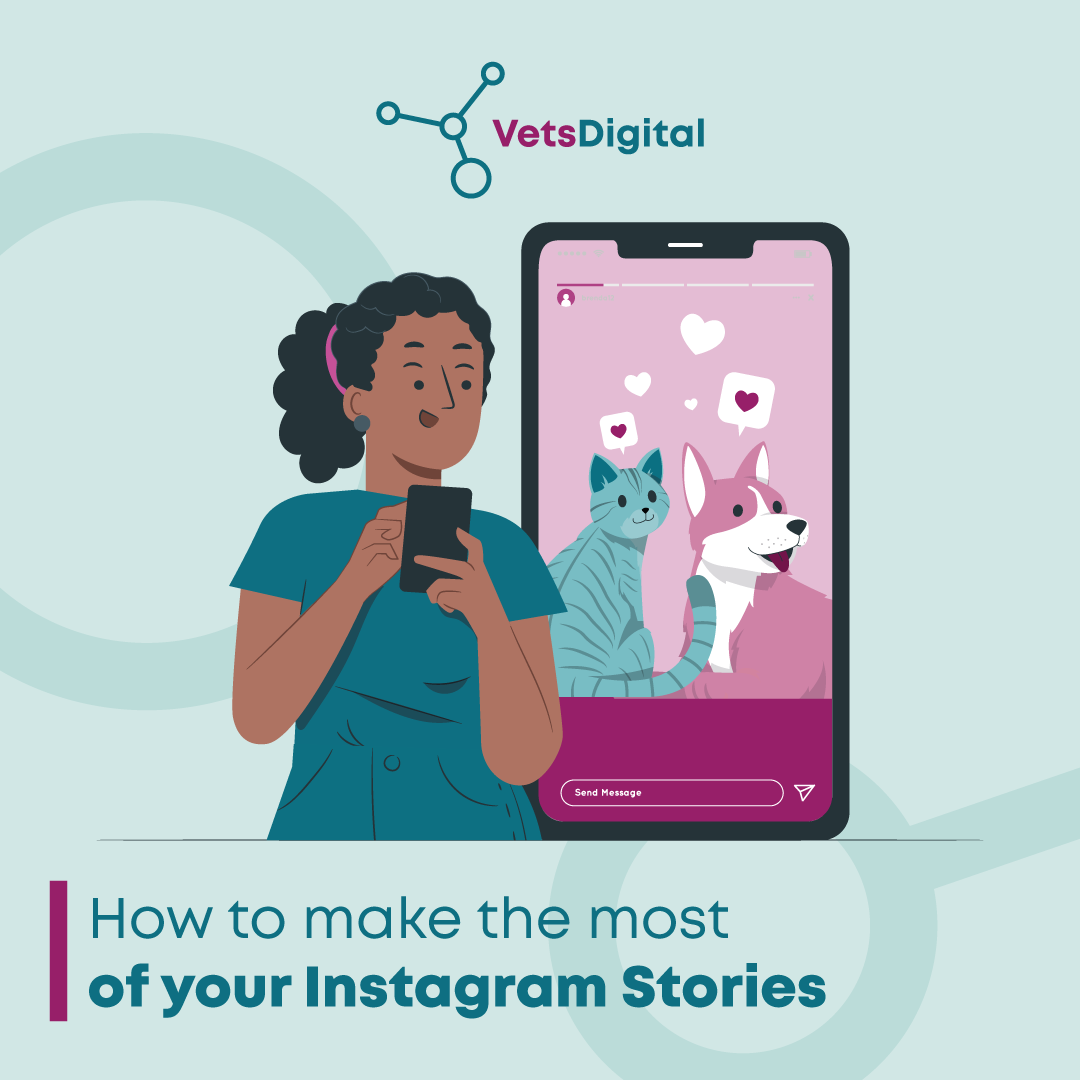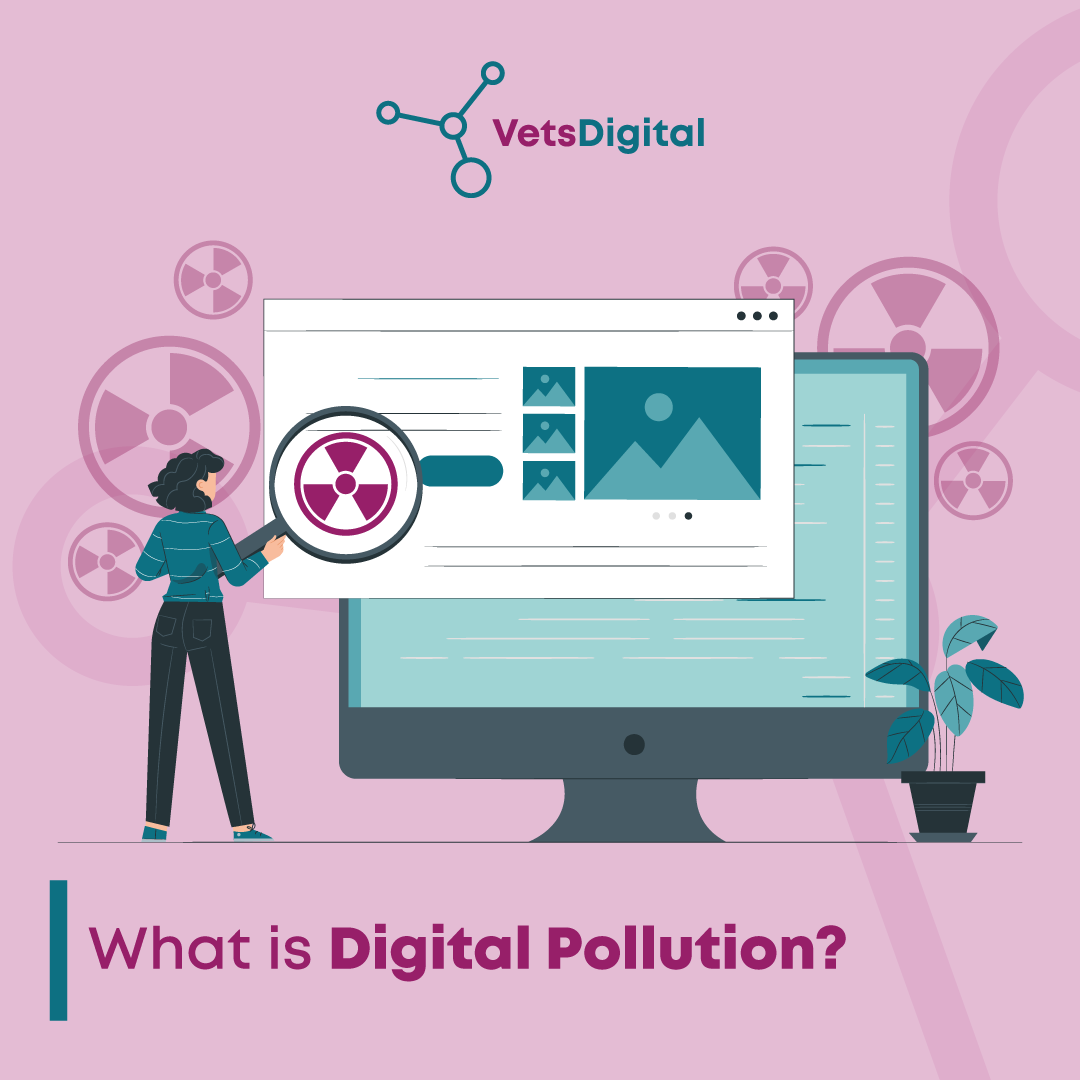Content, Google ranking, News, SEO,
Five easy ways to optimise your practice’s content and make sure it gets seen this Christmas
 Investing in the creation of high-quality digital content is one of the most important things you can do for your veterinary practice, providing, of course, that it is also fully optimised.
Investing in the creation of high-quality digital content is one of the most important things you can do for your veterinary practice, providing, of course, that it is also fully optimised.
Why does your content need to be optimised?
Because without a comprehensive optimisation process, your content will struggle to secure a solid ranking position in search engine results pages (SERPs). And this will make it virtually impossible for your audience to find, especially during high traffic times of the year.
1. Create a robust keyword strategy
Your ideal audience will use specific keywords and phrases to search for information and advice about their pets that you can provide. You need to know what these keywords are and incorporate them naturally within your content. Our SEO experts recommend using Google’s Keyword Planner Tool.
Thorough keyword optimisation includes incorporating your main and seasonal target keywords into your page titles, meta descriptions, URLs, headers, and educational content. Search engines will then use this information to index and rank your content.
But don’t forget: Always avoid ‘keyword stuffing’ and unnatural keyword placement as this will negatively impact your rankings.
2. Build a strong backlink profile
You can have the best website in the world full of excellent content, but if you don’t have a solid backlink profile, you will struggle to occupy the top positions in key SERPs.
Backlinks act as a vote of confidence from one site to another. It would help if you encouraged authoritative sites in the veterinary or pet industry to link to your content.
Why? Because this will tell search engines that your site contains valuable information that searchers are looking for.
At this time of year, think about producing a gift guide or providing educational content around the dangers at Christmas. Local news websites or manufacturers may pick this up and link to your articles from their websites.
3. Conduct thorough image optimisation
Search engines can’t see images, so they rely on image alt text to determine what images on the page depict. Alt text must first and foremost clearly and briefly describe the image. However, it is also good to include a target keyword in this text where possible.
Image tags appear when a user hovers over an image, which can help with comprehension and provide additional context. It also provides improved user experience and inclusivity for those pet owners who use a screen reader.
4. Perfect your internal linking structure
Internal links are used to connect relevant pieces of content on a website, and when done correctly, it can have a beneficial impact on your ranking position.
Internal linking structures should understand your ideal user journey, ensuring that links take users to pieces of content that will add value to their time spent on your website. Try providing educational content that links to your Pet Health Club, current offers or your service pages.
5. Write for people, not search engines
Search engines are incredibly intelligent, and they can easily determine whether a piece of content hasn’t been written for your audience.
Writing for search engines will negatively impact your ranking position, so although this might sound counterintuitive, it is important not to over-optimise your content and instead focus on creating high quality, valuable content written in a way that sounds natural.
Essentially, we’re saying that you don’t need to shoehorn keywords, links, or complicated formatting procedures.
Always write content freely first before going back in to incorporate a sensible number of keywords and make structural edits to aid readability, comprehension and user experience.
Whether for blogs or social media, content creation can be time-consuming; our extensive content team at VetsDigital do this day in and day out. If you need a helping hand so you can focus on making pets better- please get in touch with us.






